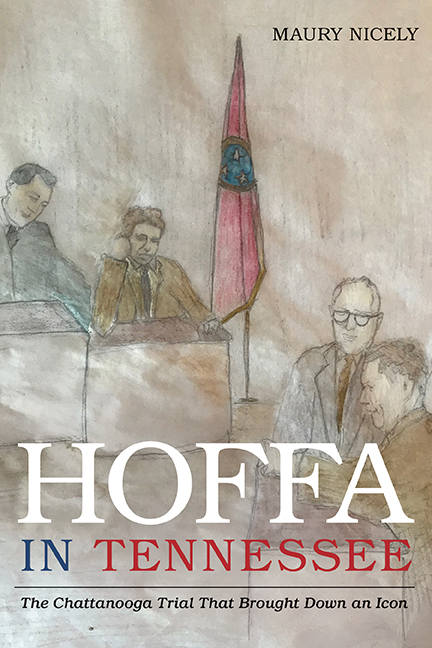The Moviegoers
Twenty-five writers explore the narrative influence of film
As much as passionate readers may hate to acknowledge it, film has usurped the written word as the most popular medium for telling stories. Plenty of folks haven’t cracked a novel since high school, but virtually everyone watches movies and television. Film—broadly interpreted as all media that rely on the moving image—now provides the personal and collective touchstones that books once did. The impressionistic, piecemeal nature of film narrative has also shaped our notion of how a story can be told. In Life as We Show It, editors Brian Pera and Masha Tupitsyn explore this development, ironically enough, through the antique medium of the book, bringing together twenty-five writers concerned with what Pera calls the “movie-viewer relationship.” In poetry, memoir, and fiction, the collection investigates the impact of film on us and on the tales we tell.
Life as We Show It is a broad, cross-genre project, and its writers approach their task from a variety of angles. Deliberately straightforward pieces such as Richard Grayson’s travelogue of suburban theaters, “The Forgotten Movie Screens of Broward County,” appear alongside more experimental work. Lidia Yuknavitch’s “Outtakes,” for example, is a complex meditation on celebrity and gender, delivered in the form of a screenplay for a fictional documentary—actually a docudrama, since re-enacted events are intercut with “real” interviews. Yuknavitch piles narrative upon narrative, all of it laid over our illusions about fame and sexual role-playing. It’s ambitious, exhilarating stuff.
For all their variety, the pieces in Life as We Show It focus primarily on two themes: the emotional resonance of film, and the way it trains us to shape perception. In “Phone Home,” Dodie Bellamy obsesses over Steven Spielberg’s E.T. during her mother’s final days. The homesick alien becomes the “angel of death,” offering Bellamy a guide to the process of dying. “I observe her for maybe an hour when I realize it was E.T., the part where E.T. turns white and is dying—and all the kids are sobbing—E.T.’s round lipless mouth gasping for air—this is what my mother looks like, E.T. dying.” A movie image serves an altogether different role in Kevin Killian’s “Young Goodman Brown Effect,” in which a teacher’s glimpse of one of his students in a porn video is so disorienting it ultimately destroys his sense of reality.
At the core of Life as We Show It is the paradox of the viewer, who is at once passive and intrusive, detached and yet profoundly affected by the viewed scene. The writers embrace that paradox, using it, Tupitsyn says, “as an ingredient for narrative impetus—for writing, for imagining, and for thinking.” Taken as a whole, the collection provides a glimpse of where the brave new media-saturated world may be taking the ancient art of storytelling.


